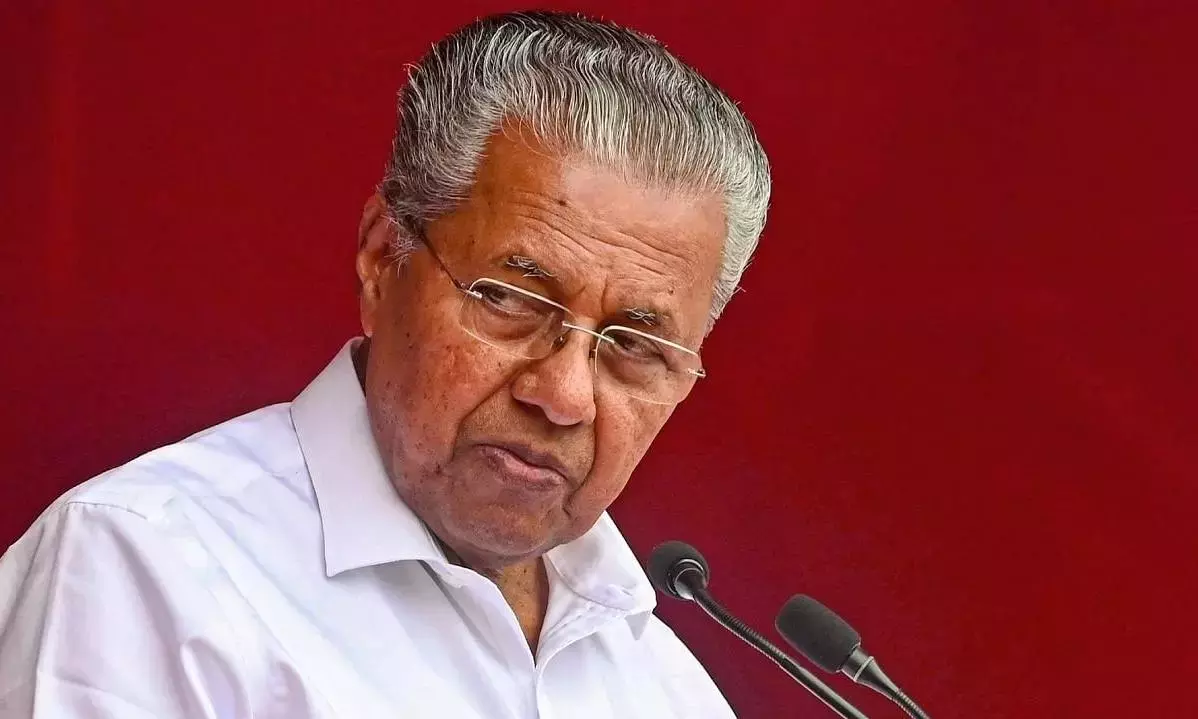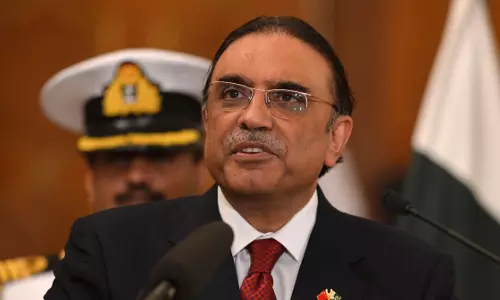
India retains title of world's fastest-growing large economy: UN
text_fieldsUnited Nations: With a predicted yearly growth rate of 6.6%, India's economy will once again be the fastest-growing large economy in the world, according to UN Global Economic Monitoring head Hamid Rashid.
He was addressing the World Economic Situation and Prospects 2025 (WESP), the UN's flagship study, which was released on Thursday. The report predicted that GDP will rise by 6.8% next year, a little faster than it did this year.
WESP said that India's economy would be bolstered by "strong export growth in services and certain goods categories, particularly pharmaceuticals and electronics".
"Robust private consumption and investment" would boost the nation's economy and "capital expenditure on infrastructure development is expected to have strong multiplier effects on growth in the coming year," the report said.
"On the supply side, expansion in the manufacturing and services sectors will keep driving the economy throughout the forecast period," it added.
There was good news on the agriculture front also: "Favourable monsoon rains in 2024 have improved the summer-sowing areas for all major crops, boosting agricultural output expectations for 2025," WESP said.
India's growth projection for this year fell marginally from last year's 6.8 per cent last year, but it has to be seen in the context of sluggish global growth with the nation retaining its rank as the fastest-growing economy.
The overall global growth rate held at 2.8 per cent, while developed economies' growth slipped by 0.1 per cent to 1.6 per cent compared to last year.
This year's projection for China, the second fastest-growing economy, slipped by 0.1 per cent to 4.8 per cent and is expected to fall by 0.3 per cent next year compared to this year to 4.5 per cent.
The US economy slipped more and is projected to grow by 1.9 per cent this year, slowing down by 0.9 per cent from the 2.8 per cent recorded last year.
The UN projection of a 6.6 per cent growth rate for India for this calendar year is slightly higher than India's National Statistics Office's projection of 6.4 for 2024-25 released on Tuesday.
As for the region, Rashid said, "The economic outlook for South Asia is mixed" showing variations among the countries of the region with some good performers.
WESP said the region's growth is projected at 5.7 per cent in 2025 and 6 per cent in 2026, "driven by strong performance in India as well as economic recovery in a few other economies".
"Modest expansion in economic activity is projected for Pakistan and Sri Lanka, with GDP expected to increase by 3.4 and 4 per cent, respectively, as both economies continue to recover from the downturn during the period 2022–2023," WESP said.
It conditioned it on the two countries sorting out their debt problems.
"GDP in Bhutan and Nepal is projected to grow by more than 5 per cent in 2025, but the economy of Bangladesh is expected to slow following unrest in mid-2024 and lingering political uncertainty," it said, giving the growth projection at 4.2 per cent.
WESP cautioned that for the region, "risks to the outlook are tilted to the downside owing to the possible escalation of geopolitical tensions, deceleration in external demand, ongoing debt challenges, and social unrest".
"The region is highly vulnerable to the impact of climate hazards, extreme weather events pose a significant risk," it added.
The report forecast that India's consumer price inflation to come down marginally from an estimated 4.8 per cent last year to 4.3 per cent this year, "staying within the 2 to 6 per cent medium-term target range set by" the Reserve Bank of India.
It blamed the "adverse weather conditions" for the higher prices of vegetables, cereals, and other staples last year resulting "in spikes in the country's headline inflation in June and September".
On India's employment front, "indicators have remained strong throughout 2024, with labour force participation near record highs," WESP said.
It said the urban unemployment rate in the second quarter of last year was 6.6 per cent "virtually unchanged from the rate of 6.7 per cent recorded in 2023".
"Although there has been progress in female labour market participation in the country, substantial gender gaps remain," it added.
With inputs from IANS























